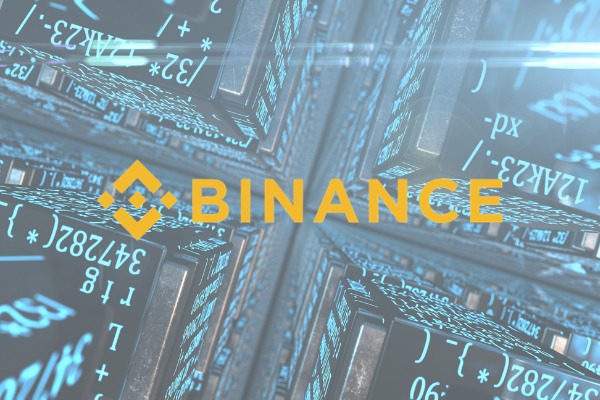
Major US bank JPMorgan Chase & Co. found that different age groups and generations exhibit variegated investment behaviours in an economic landscape shadowed by the effects of the global COVID-19 pandemic, according to a report by Bloomberg. It is no surprise that the preferred choice of investments varies from Gen Z, Millennials or Gen Y, Gen X, the Silent Generation and also the Baby Boomers, considering the range of wealth-creating assets introduced in intervals with every generation.
From gold, metals, equities, bonds, real estate, foreign currency to the newest digital and virtual assets, JPMorgan stated that in this time of unprecedented crisis, older investors turn to gold, once again proving the metal’s status as a safe-haven asset and also equities. Younger investors, on the other hand, are putting their money in Bitcoin and technology stocks, strategists at the bank said. They revealed:
The older cohorts continued to deploy their excess liquidity into bond funds, the buying of which remained strong during both June and July.
The US Dollar has weakened significantly, while economic policies that have been put in place have created even greater uncertainty, and this has recently driven gold to a new all-time-high at $2,000 per troy ounce. The US Federal Reserve is set to propose new policies next week that are expected to drive average inflation rates higher and keep interest rates low.
With the surge in gold prices, Bitcoin’s price movements have also mirrored that of gold in recent weeks. Despite critics’ efforts in debunking the idea that Bitcoin is digital gold, the price correlation between both as shown in the graph above by Bloomberg has overall strengthened in 2019 and 2020. Global financial markets and economies will continue to experience contractions for the rest of the year at minimum, and with awareness of Bitcoin as its highest since its creation, we can expect to see greater inflows into this viable alternative investment option.
You may also want to read: A Case for Bitcoin: US Fed Proposes Lower Interest Rates & Higher Inflation Policy


